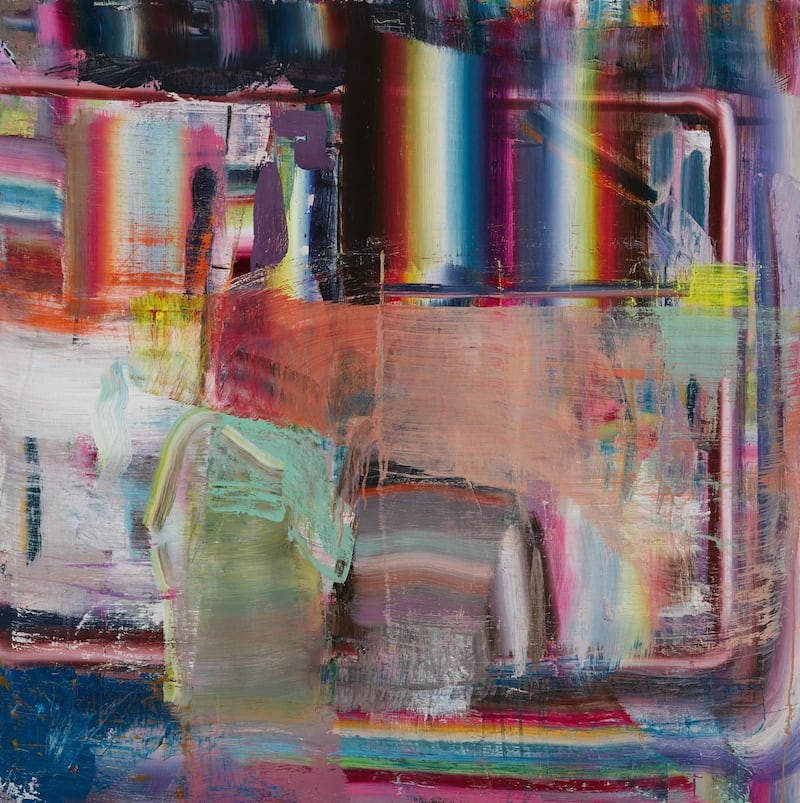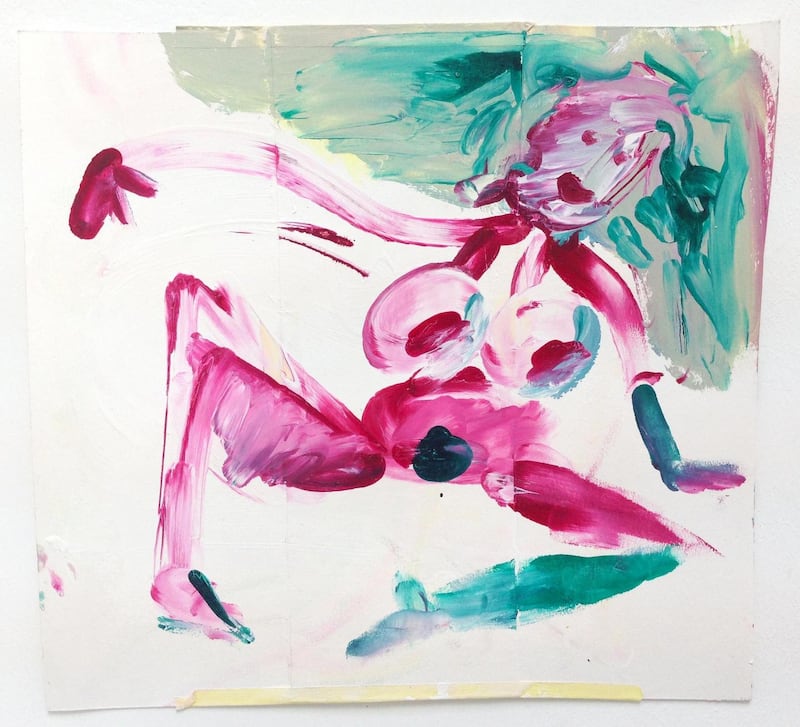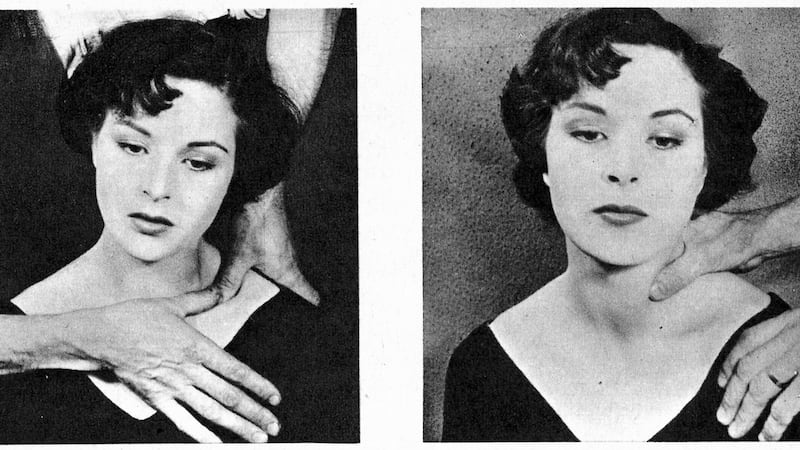Bounty – Diana Copperwhite and Aileen Murphy ★★★★★
Kevin Kavanagh Gallery, Chancery Lane, Dublin; until September 1st; kevinkavanagh.ie
Bounty, at the Kevin Kavanagh Gallery, comprises works by two painters, Diana Copperwhite and Aileen Murphy, which collectively generate an air of giddy vitality. Come to think of it, pretty much any individual work by either artist does something like that. They are both gestural painters who invest generously high levels of energy in their work, both with an audacious though well-calibrated sense of colour. They can surprise us without leaving us with the feeling that they've lost the colour plot.
In terms of approaches to representation, there may be some divergence. Murphy is more likely to circle around a single, central motif, usually figurative in nature. With a couple of consistent and important exceptions, this is not altogether the case with Copperwhite. Those exceptions are, one, the human head, which has long been an obsessive, fruitful preoccupation and, two, what might be best described as the room – a defined, architectonic space that may stand in for several things, including the whole idea of a painting, or a representational world, as contained in a story or a novel, for example. In a way, the head performs a similar function, since everything happens, or is processed, in there.

Both artists, in their different ways, address a world that, from the point of view of the human subject, is or has become excessive, or cognitively or otherwise challenging. Let’s face it, it was ever thus, from the dawn of time. But perhaps some specifically contemporary anxieties are manifest in their work. It could be that those anxieties relate to the advent of the digital era, the displacement of physical experience by the virtual, anxieties that are all the more urgent and pertinent when we find ourselves living in a realm of simulacra, where paranoid conspiracies and self-serving prejudice replace the possibility of objectivity and fact.
Murphy’s paintings and works on paper have a kind of insistence on the physical and the corporeal that has been evident in a sizeable strand of contemporary art, including painting, for some time. It’s there, for example, in various ways but always recognisably, in the work of Dana Schutz, Jenny Saville, Cecily Brown and André Butzer. To some extent this overlaps with and is closely related to a comparable reaction to unbridled materialist consumerism highlighted in the work of such artists as the late Jason Rhoades and Thomas Hirschhorn (arguably from opposite perspectives). A great deal of such work seems to respond to a state of affairs whereby the world is both too much and not enough.

That duality is apparent in Murphy's work, from the fragmentary but meatily physical substance of the forms in the oil paintings or the emphatically articulated sensation of Trampoline, to the free, floating lines of the works on paper, in which the notional physical form is on the point of dissolving into amorphousness. The sense of an image is even more fugitive in Copperwhite's paintings. Slippery and elusive, potential images come and go, always in transition, never fixed. Even the motif of the human head is impossible to pin down as a conventional likeness. Copperwhite's characteristic smeared, sliding, scraped paint breaks things down into rainbow spectra. Perception is a patchwork, a collection of glimpses, memories, guesses, dreams. Such a way of seeing corresponds to a world of screens and movement, but it would be wrong to present the work of either artist as a specific commentary on contemporary cultural norms. Their work is relevant to the contemporary, but also to the wider context of being alive and making one's way through the world.
Lay Her Down Upon Her Back – Róisín White ★★★★
The Library Project, 4 Temple Bar, Dublin; until August 26th; photoireland.org
Róisín White's Lay Her Down Upon Her Back looks to the rest cure, a Victorian-era treatment prescribed for, overwhelmingly, women – women who were deemed to be afflicted with nervous disorders, hysteria, anemia or post-natal depression. It involved inactivity, isolation, a diet rich in dairy fats, and dubious electrotherapy. Any form of self-expression, such as writing or drawing, was forbidden. It certainly sounds like a way of keeping a woman quiet and in practice it understandably drove some women out of their minds, apart from inducing obvious medical problems.

White's project, as installed in the Library Project, imaginatively combines her own photographs and drawings, plus found photographs and other elements. We are left in no doubt that she sees the cure as a prototypical means of dominating, pacifying and controlling women. It's possible that she drew on a classic text relating to the cure, Charlotte Perkins Gilman's The Yellow Wallpaper, a fictionalised account of Gilman's own experience. White uses images of a confining domestic interior, including a room with a heavily patterned wallpaper, evoking Gilman's symbolic fixation on the yellow wallpaper in her room: Gilman's protagonist only gains control of her sanity when she frees the woman – herself – trapped behind the wallpaper; that is, locked in the prison of repressive convention. Which is exactly what she did in real life when she rejected the role allotted to her and moved on to start afresh.
White discerns echoes of the rest cure’s underlying agenda in continuing attitudes towards women’s healthcare. She also seems to have in mind a wider sense of women’s imposed passivity in the way societal institutions and obligations are structured. The different, complementary means she employs invite thoughtful, almost conversational engagement, and amount to more than the sum of their parts.











